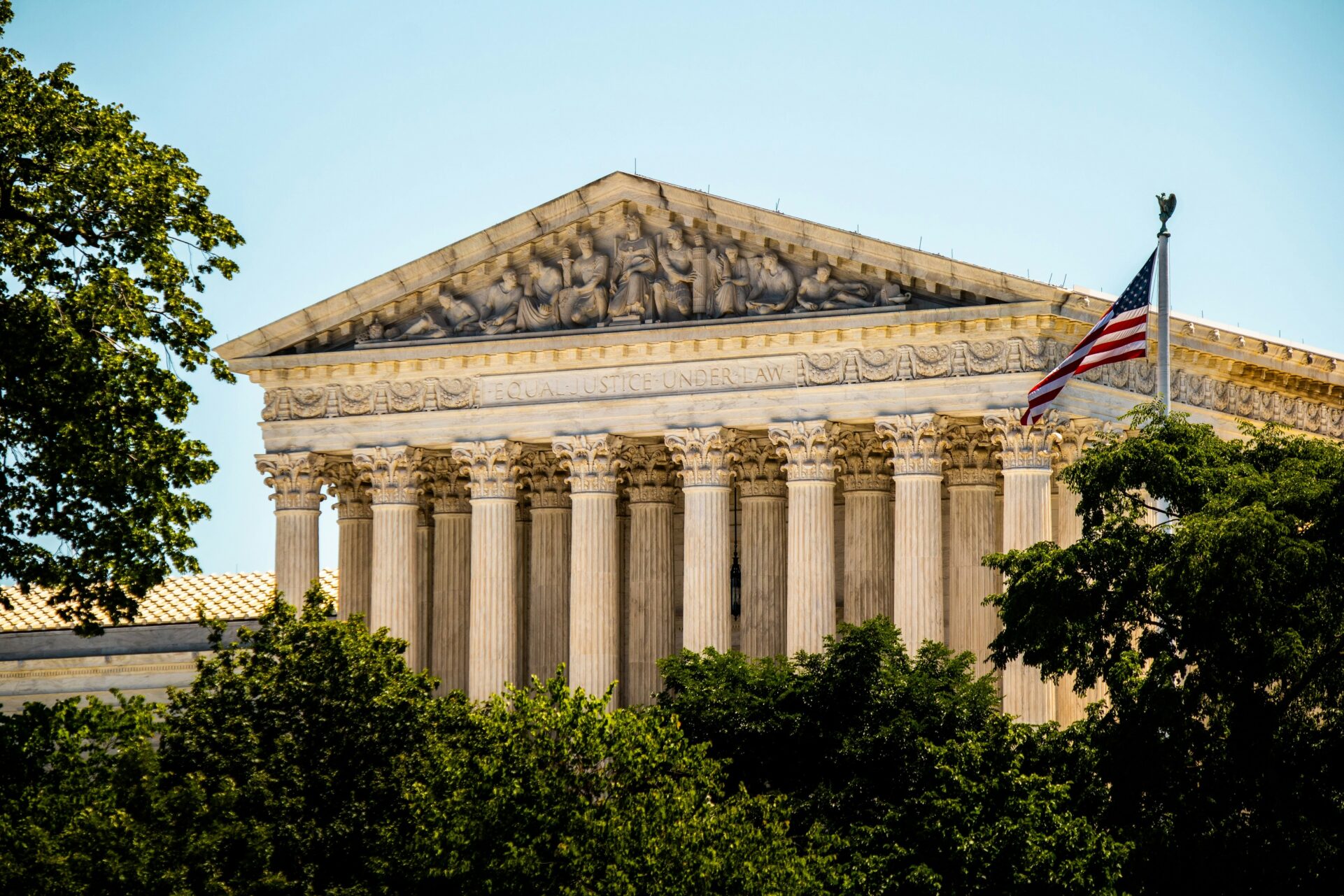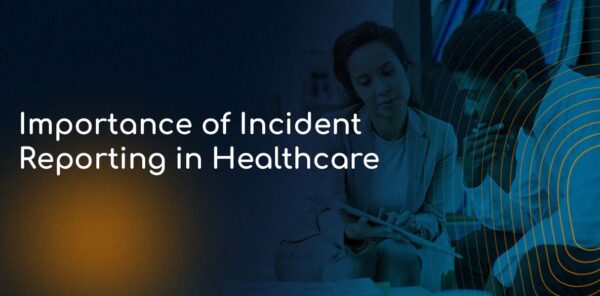April 9, 2025
A New Chapter in Statutory Interpretation: What It Means for Healthcare
- by Sean Weiss, Partner, Vice President of Compliance
I’ve always been a fan of history, especially the 80s, with its vibrant energy, iconic figures, and cultural moments. But today’s story isn’t about retro tunes or neon fashion; it’s about a major Supreme Court decision that takes us back to 1984 and reshapes how healthcare regulations are interpreted. It is my hope that this analysis shows that by restoring the courts’ role in interpreting laws, providers can now more effectively challenge agency actions. When providers follow established clinical guidelines and document their work in good faith, they are well-positioned to defend against claims of overpayment or misinterpretation of statutory mandates.
On June 28, 2024, in a 6–3 decision in Loper Bright Enters, Inc. v. Raimondo and Relentless, Inc. v. Department of Commerce, the Supreme Court turned the page on a decades-old rule. By overturning the long-standing Chevron deference, a principle that let federal agencies like HHS and CMS interpret laws in their favor the Court has declared that it’s the courts’ job, not the agencies’, to decide what Congressional statutes really mean.
Rethinking Agency Deference
Under the old Chevron doctrine (from Chevron U.S.A. Inc. v. Natural Resources Defense Council, Inc., 467 U.S. 837 (1984)), courts would follow a two-step process when reviewing an agency’s interpretation of a law:
- Step One: Is Congress Clear?
If Congress’s intent was obvious, the court simply applied the law as written. - Step Two: Ambiguity Means Deference
If the law was unclear, courts would lean on the agency’s interpretation as long as it was a reasonable one.
This approach, particularly during formal rulemaking processes under the Administrative Procedure Act (APA), meant that agencies had broad latitude to set rules. But that’s all changed.
The New Approach: Judicial Independence
The Supreme Court’s new ruling makes it clear: the APA requires courts to step in and interpret the law themselves, using their own judgment rather than deferring to agency explanations. Courts must now answer all relevant legal questions without relying on an agency’s view of ambiguous language (see 5 U.S.C. § 706). In simple terms, even if a law gives agencies some wiggle room, it’s up to the courts to figure out what that really means ensuring that the law reflects Congress’s true intent.
While agencies can still offer their expert opinions to help inform the court, those opinions are no longer binding. This shift is especially significant for healthcare providers facing tough reimbursement decisions.
What This Means for Healthcare Reimbursement
This decision is set to shake up how reimbursement issues are handled, especially in cases involving overpayment demands and appeals. Here are a few key areas to watch:
1. Overpayment Demands and Statistical Extrapolation
Medicare contractors and the Office of Inspector General (OIG) have often used statistical sampling methods to claim that providers have been overpaid sometimes by huge amounts. These methods are only allowed when there’s a “sustained or high level of payment error” or if attempts to fix the error have failed (42 U.S.C. § 1395ddd(f)(3)). With the new ruling, providers now have stronger grounds to challenge these statistical methods, as courts will independently review whether these practices truly show a systemic problem.
2. Settlement Opportunities
The decision might encourage Medicare contractors to settle overpayment disputes rather than risk lengthy litigation. Federal law allows the HHS Secretary to negotiate settlements that resolve projected overpayments based on less-than-perfect statistical samples, as long as the provider agrees not to contest the claim. If providers can limit the government’s reliance on questionable extrapolations, we could see more settlements that fairly reflect the real situation.
3. Self-Audits and Refund Requirements
CMS’s rules for identifying and returning overpayments set out in the “Reporting and Returning of Overpayments” rule from February 12, 2016 (81 Fed. Reg. 7654, codified at 42 C.F.R. pts. 401, 405) may now face more scrutiny. Providers can argue that the criteria for what counts as “credible information” and an “identified overpayment” should be determined by the courts, not just by agency rules. This could mean more flexibility for providers when it comes to self-audits and refunds.
4. Overpayment Appeals
Perhaps the most immediate impact is in the appeals process. With less deference to CMS’s interpretations, providers can expect a more balanced review of reimbursement disputes. This change empowers providers to demonstrate that they have met all necessary medical requirements even if they haven’t strictly followed every piece of agency guidance. If a rule that CMS relied on is later challenged or overturned in court, providers may have a better chance of winning their appeal.
A Real-World Example: Nail Avulsion (CPT Code 11730)
To put this into perspective, let’s look at a common clinical procedure but one that I am currently working on behalf of an attorney to help their client get their Health Care Fraud case dismissed: nail avulsion, billed under CPT code 11730. According to the American Medical Association’s Current Procedural Terminology, 2023 Edition, this procedure involves the removal of part or all of the nail plate, usually due to ingrown toenails, infections, or trauma. The American Podiatric Medical Association (APMA) adds that nail avulsion must be performed carefully to minimize damage to the nail bed and prevent complications.
This clinical standard ensures patient safety and bolsters the argument for medical necessity when reimbursement disputes arise. In other words, when providers follow established guidelines, such as those for nail avulsion, they are acting in good faith, especially under a regulatory environment that is now being more closely scrutinized by the courts.
Navigating the New Landscape
The Supreme Court’s June 28, 2024 ruling is a game changer. By shifting the power to interpret laws back to the courts, this decision opens the door for healthcare providers to challenge unfavorable reimbursement decisions and overpayment recovery demands that were once protected by Chevron deference. While the future impact on day-to-day reimbursement remains to be fully seen, one thing is clear: providers now have more tools at their disposal to ensure that statutory mandates truly reflect the intent of Congress.
Providers should consider working with legal counsel to review and adjust their compliance and reimbursement strategies in this new era of judicial independence. The ultimate goal is to foster a more balanced system where the law is interpreted fairly, benefiting both providers and patients.
References
- 18 U.S.C. § 1347, Fraud and False Statements in Connection with Government Healthcare Programs (2018 ed. and current).
- 42 U.S.C. § 1395ddd(f)(3), Medicare Integrity Program Provisions.
- Chevron U.S.A. Inc. v. Natural Resources Defense Council, Inc., 467 U.S. 837 (1984).
- Loper Bright Enters, Inc. v. Raimondo and Relentless, Inc. v. Department of Commerce, 2024 WL 3208360 (June 28, 2024).
- 5 U.S.C. § 706, Review of Agency Action under the Administrative Procedure Act (APA).
- 81 Fed. Reg. 7654 (Feb. 12, 2016), Medicare Program; Reporting and Returning of Overpayments; codified at 42 C.F.R. pts. 401, 405.
- American Medical Association, Current Procedural Terminology, 2023 Edition (for CPT code 11730).
- American Podiatric Medical Association, Standards of Practice for Nail Avulsion Procedures (APMA Guidelines, 2020).
- United States v. Gaudin, 515 F.3d 1032 (10th Cir. 2008).
- Encino Motorcars, LLC v. Navarro, 579 U.S. 211 (2016).
- Skidmore v. Swift & Co., 323 U.S. 134 (1944).
- Corner Post, Inc. v. Board of Governors of the Federal Reserve System, No. 22-1008, 2024 WL 3237691 (July 1, 2024).

























